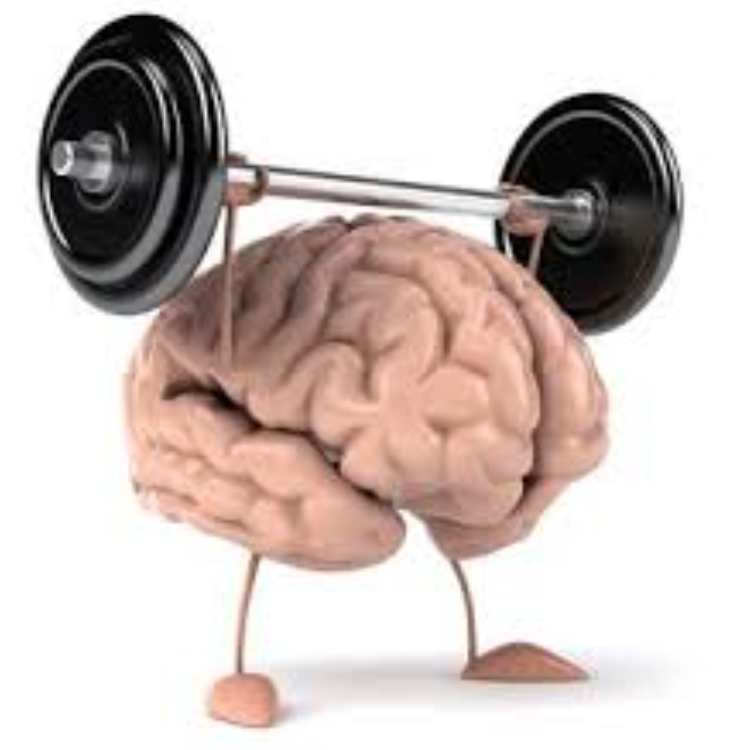Active Reading Phase 1: Before Reading
Active Reading: What is it?
| Thinking is to Reading, as Digestion is to Eating |
If you feel like you are challenged remembering details about what you read, if you have a hard time getting a clear vision of the main idea and subcategories, or if you find you forget information a few days after reading it, you can make a change with Active Reading.
What is Active Reading?
Plain and simple, it's thinking.
Active reading is the process of engaging with the text, fiction or non-fiction, through a series of steps for before reading, while reading, and after reading. If you learn to master these steps, you WILL make a positive impact retaining information, regardless of the content.
How is Active Reading Different than Just Reading?
When you use the active reading process you are actively invovled with the information being delivered by way of text. If someone is "just reading" they act without intentional purpose and lack focus on the content. "Just reading" can be compared to saying words rather than thinking about information.
While Active Reading, readers have discussions with the author as they consider information they gather before reading. While reading, readers ask questions, make connections, and compare information within the text. Comparisons are made across literature, history, world events, and the human condition.
Active Reading different than "just reading" because Active Reading is an engaged process that requires energy to think beyond the text.
What Are the Steps of Active Reading.
The steps can be referred to as phases: Phase 1 - Before Reading, Phase 2 - While Reading, and Phase 3 - After Reading.
This post will address the phase in the Active reading Process
Active Reading: Phase 1 - Before Reading
Phase 1 requires the reader to survey the text. Skimming and scanning are imperative to gather significant information.
Why is Phase 1: Before Reading Important?
Your brain is complex and very demanding. In order to create an interest, your brain likes to know where it's going. It also likes purpose. When readers are willing to find out about the general information contained in the text and create a connection to the information included, the brain is more agreeable to welcoming the new information.
Action Steps of Phase 1: Before Reading
- Read the title, note the author, read any information about author provided
- Review the objective or learning statements provided
- Review graphs, visuals, pictures, and read sub-titles
- Read summary or text review if provided.
- Read questions provided at the end of the text.
- Scan text using the Word Window Strategy
- Skim text using the Skimming the Surface Strategy
- Make a prediction about the text's purpose and content.
You must establish a reason for reading beyond the academic purpose. Everybody wants a good grade, but readers need to create a framework for purpose if significant learning is to take place.
These are skills that can be developed and mastered, but it takes the reader's willingness to apply these steps. No one can force another to be an active reader.
ACTIVE READING IS A CHOICE!
YOUR CHOICE
So if you want to grow your reading skills, increase your comprehension, and expand your intelligence, make the choice to apply Before Reading strategies to all texts you read, in every class, in every magazine, and every novel you read.






